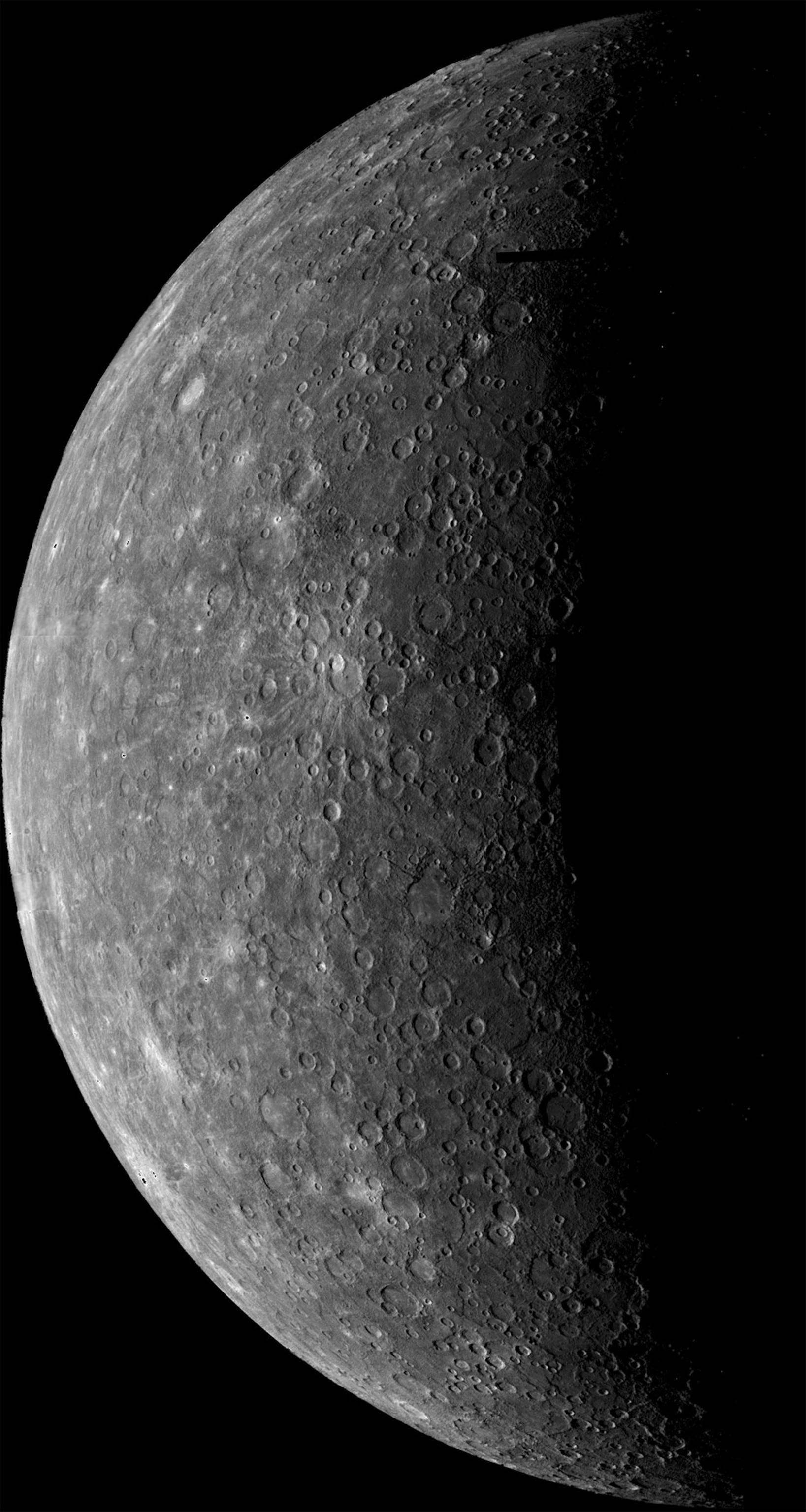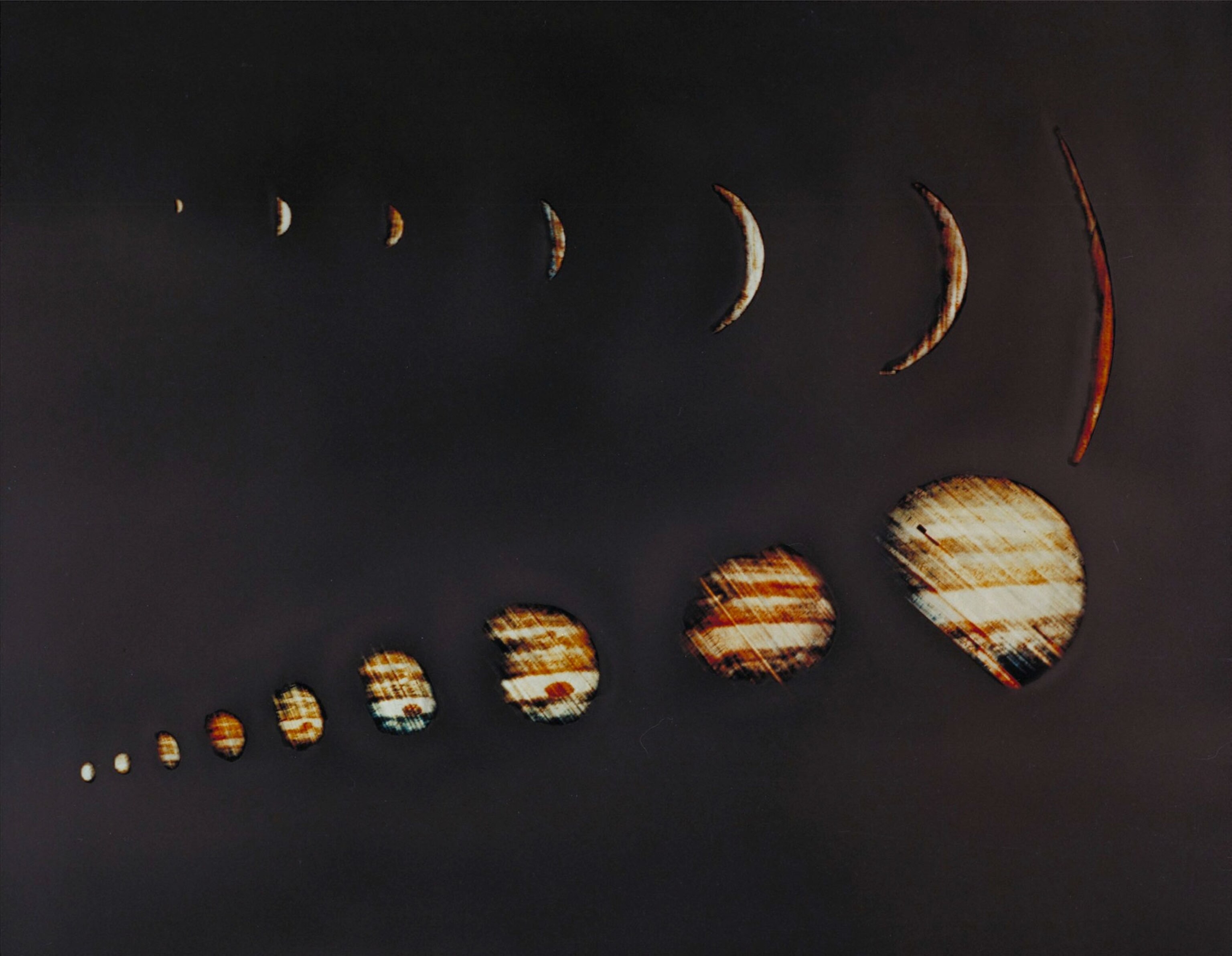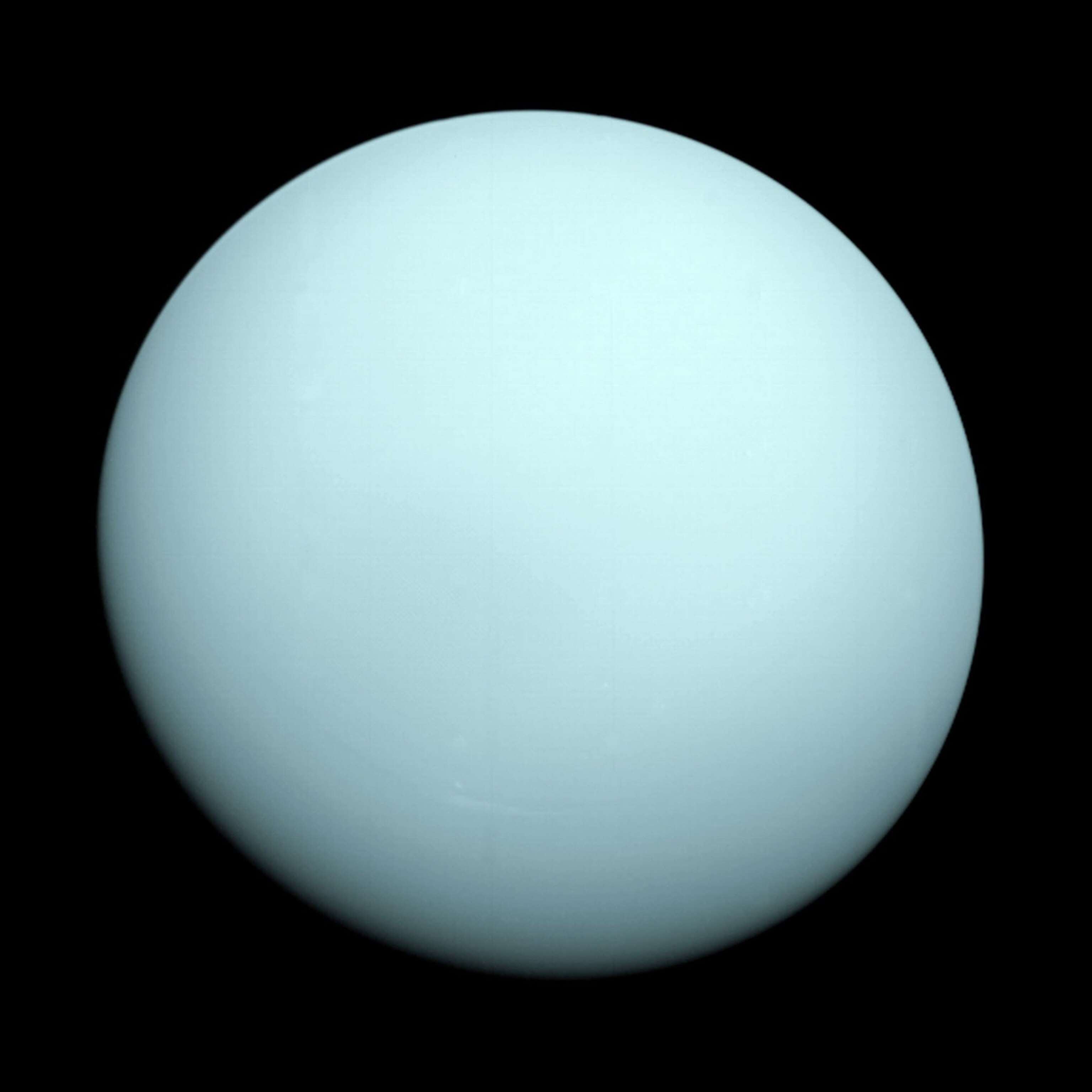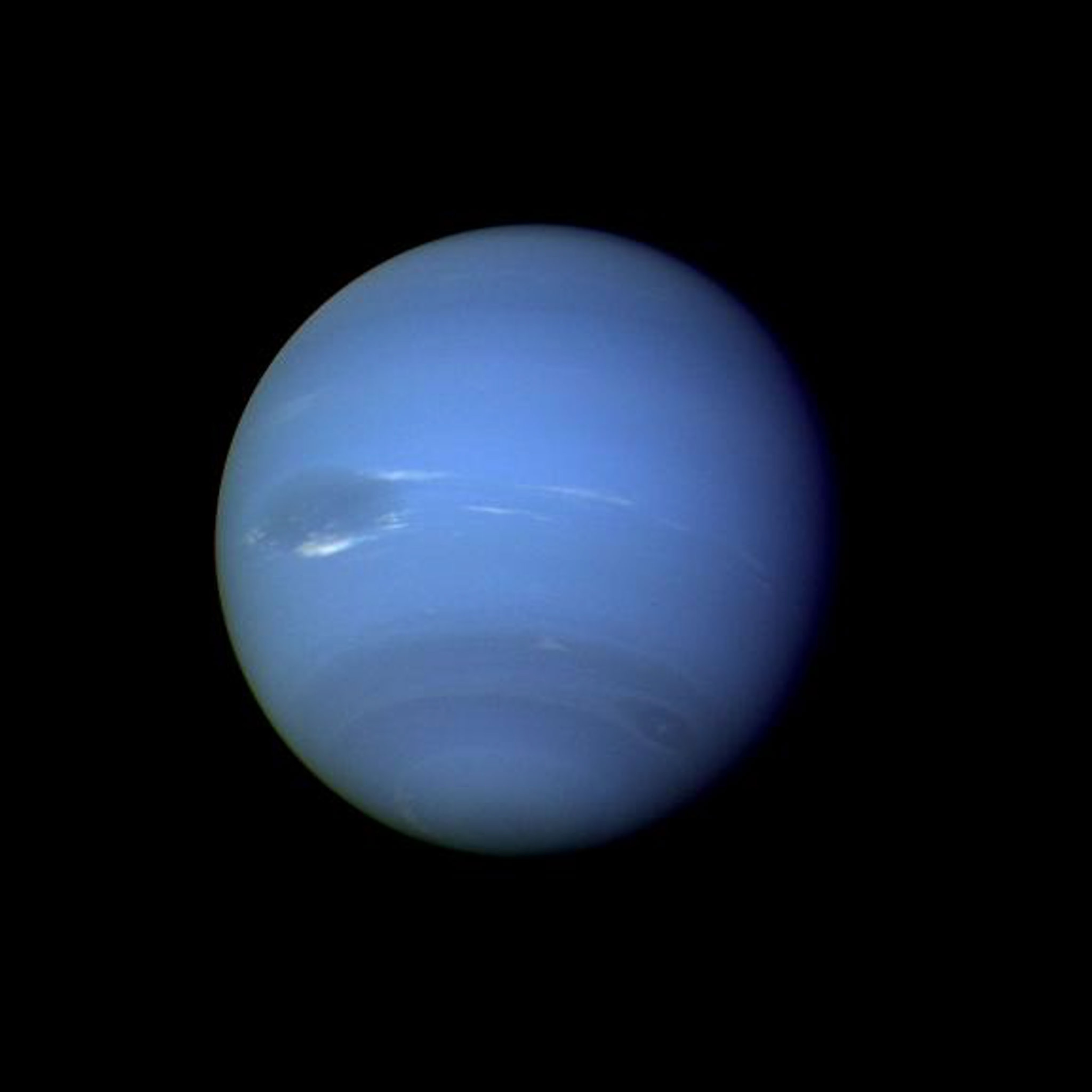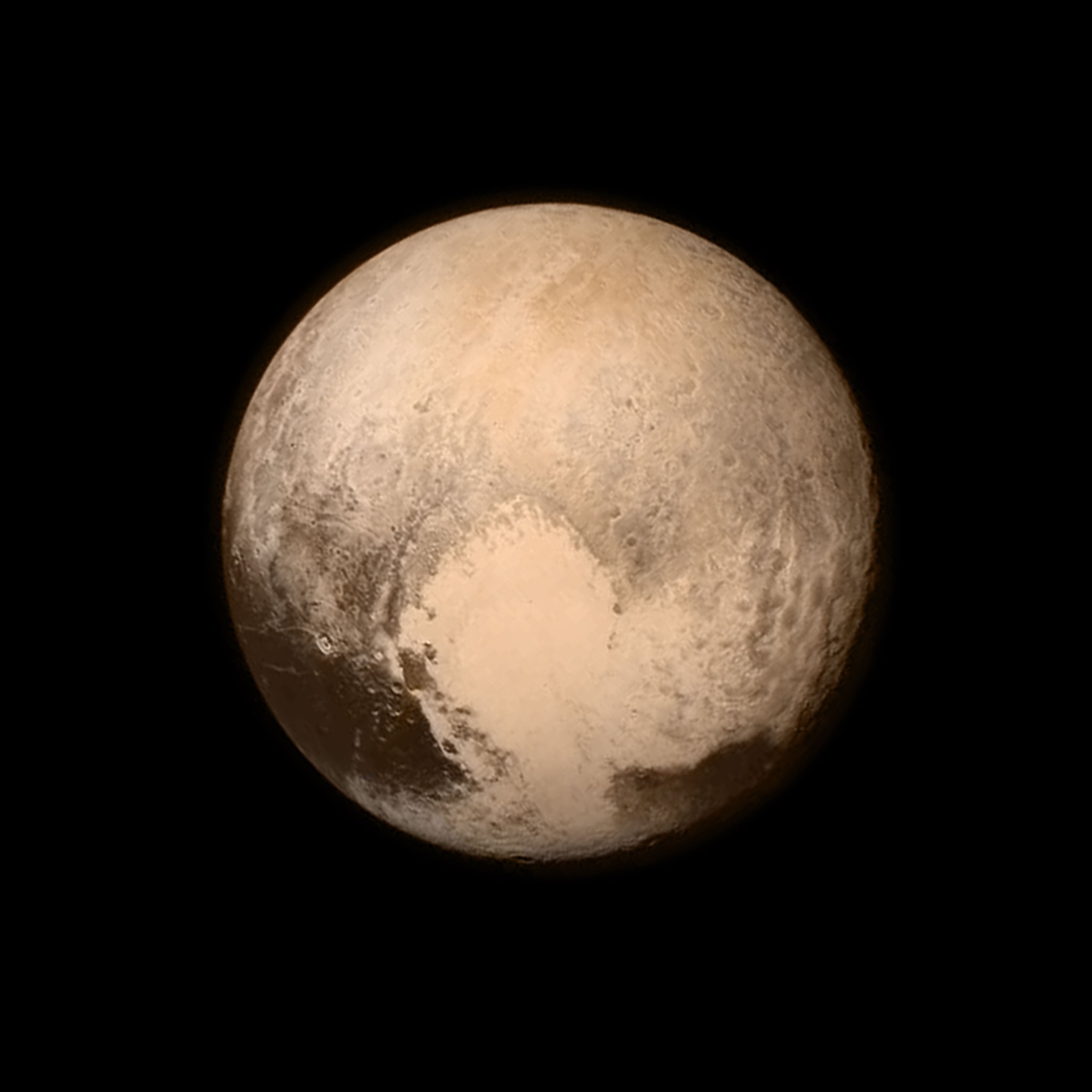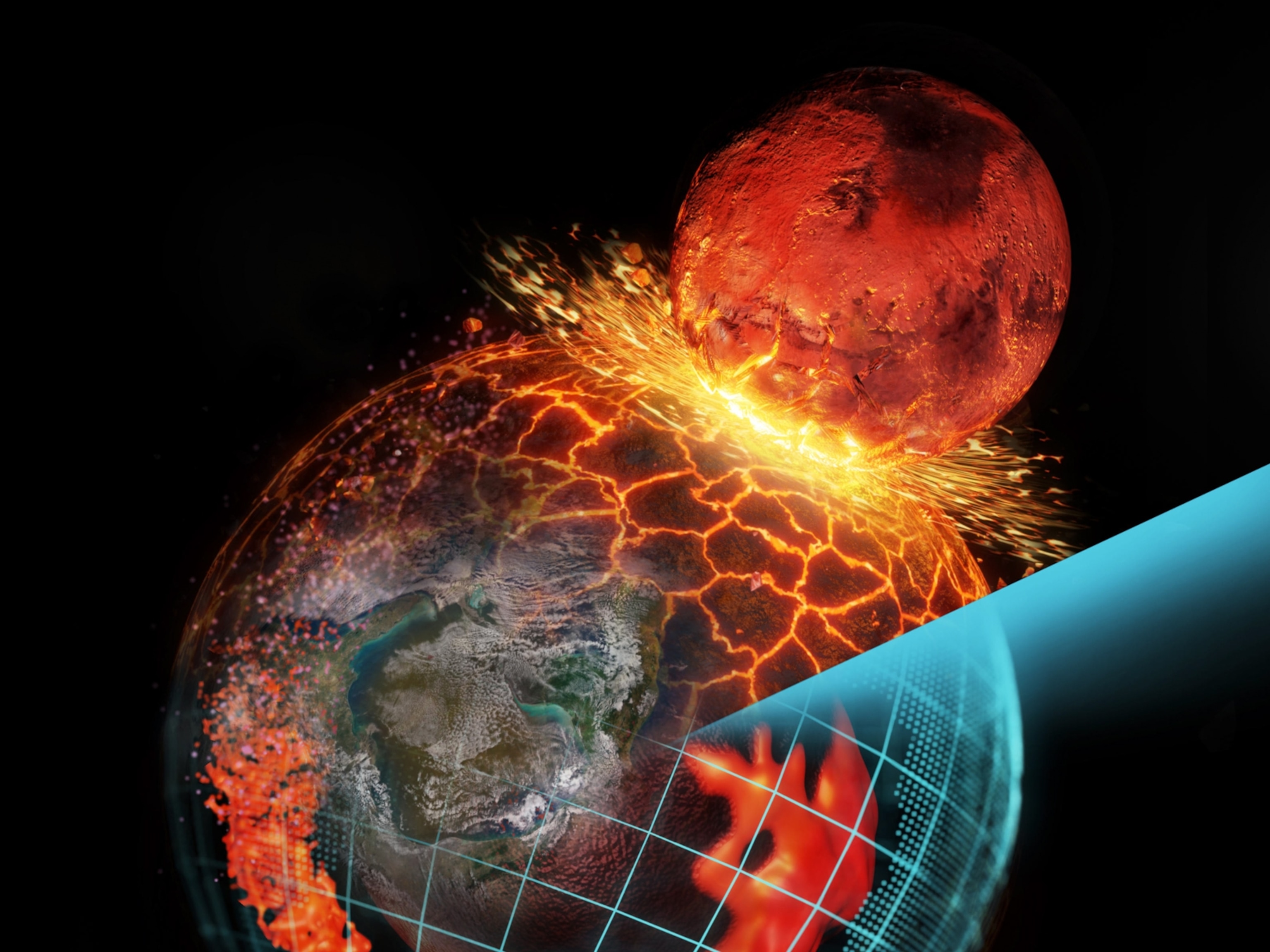Relive First Glimpses of the Planets With These 9 Pictures
From Mercury to Pluto, flip through history's first looks at our celestial neighborhood.
Pluto may not be officially in the same category as the other planets, but it's still family. In fact, judging from our first close-ups sent back from New Horizons on Wednesday, this dwarf planet could be called the baby of our solar system.
The new images showcase a geologically active surface with mountain ranges made of water ice that could rival the Rocky Mountains in the western United States.
As researchers start to comb through the streams of data beamed back from New Horizons, it's the perfect time to think about first impressions. They're hard to forget, especially if you've had to wait years for them. (See pictures of Pluto through time.)
Our first glimpse of the planets in our solar system weren't always as crisp and clean as the images from Pluto. But they were our chance to see what the solar system really looked like. (Remember when: "With Flyby, Pluto Portrait is Last New Face in Solar System.")
If you weren't around in 1965—the first time a spacecraft sent back an image of another planet in our solar system—don't fret. We've got nine firsts for you to flip through. They're organized from those closest to the sun (Mercury) to the outer bodies like Neptune, Uranus, and Pluto.
Follow Jane J. Lee on Twitter.
